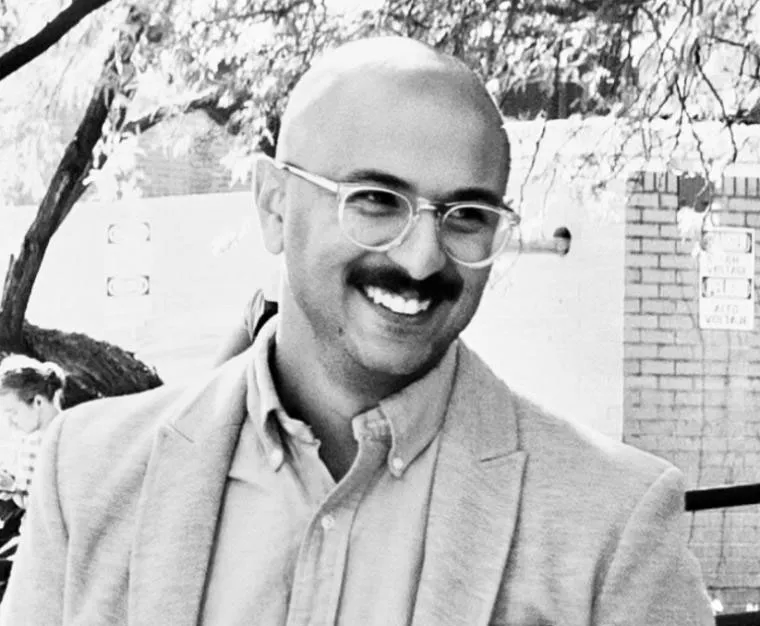Omar Youssef
Programs
-
Architecture
-
Master of Architecture
-
Master of Science in Architecture
-
School of Architecture
-
School of Landscape Architecture and Planning
-
Sustainable Built Environments

CAPLA 316
Areas of Expertise
-
Climate analysis
-
Design and energy conservation
-
Health and wellbeing
-
Technology integration (drones, VR, wearable devices)
Biography
Omar Youssef PhD, Assoc. AIA is a Lecturer in the School of Architecture and a Research Associate in the Institute on Place, Wellbeing, and Performance (IPWP) at the University of Arizona. He has degrees in Interdisciplinary Sciences (PhD) and Design + Energy Conservation (MSc) from the University of Arizona. Youssef teaches environmental control systems, sustainable architecture studio and advanced computer simulation for thermal performance optimization of Buildings. His research utilizes cutting edge technology to assess the impacts of the built environment on human health and wellbeing.
Fall Courses
- 601: Integrative Graduate Region Studio
- 461P 561P: Environmental Science Technologies
- 497B 597B: Special Topics in Architecture Research
- 461K 561K: Energy and the Environment
- 461L 561L: Energy Use in Buildings
Spring Courses
- 461M 561M: Energy Efficient Design
- 461N 561N: Energy Auditing and Modeling
- 461E 561E: Sustainable Design and the LEED Initiative
SBE Capstone Mentoring
900 + 910 Thesis Advising
TECHNOLOGY INTEGRATION IN CURRICULA AND RESEARCH
| Unmanned Aerial Vehicle (UAV) | With the use of photogrammetry, students would be able to survey and map live views of any area to create a more inclusive spatial perspective of the surrounding context. Articulating spaces through plans, and high quality stabilized aerial photography students would be able to gather site data, optimize building analysis and design through identifying views at specific heights, showcase and highlight special building features, as well as conduct general research and development across the site. |
| 3D Printing | With the use of 3d printing, students are able to quickly build high quality models, that are accurate and represent their area of study. One of the iconic uses is to “print” instrument attachments for deployable climate stations. |
| Virtual Reality | The VR embraces a valuable opportunity that serves as a teaching research laboratory where students are placed in the context of the built environment. The VR equips students to design for health and accessibility as an integral theme of architecture education rather than an architecture specialty. |
| Wearable Devices | Utilizing devices with Photoplethysmography where Green LED lights are paired with light sensitive photodiodes to detect the amount of blood flowing through the wrist at any given moment. Utilizing non-invasive wearable technologies in near real-time measure the physiological impacts of the built environment on many aspects of health, wellbeing and performance |

